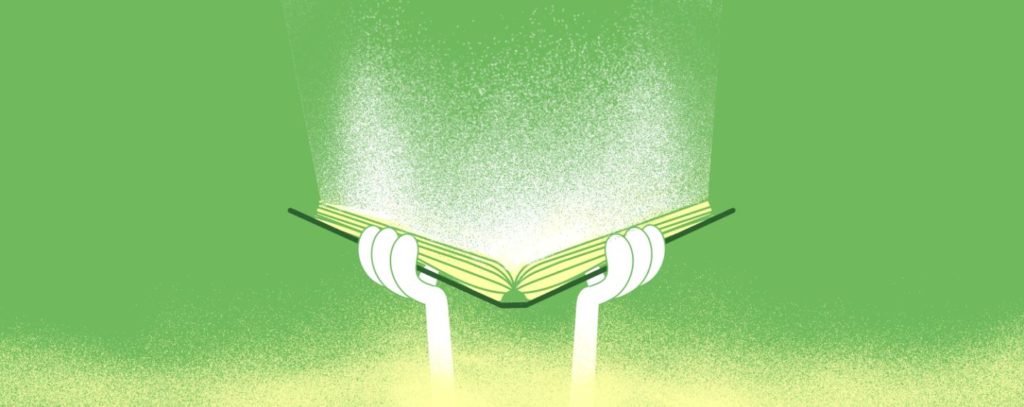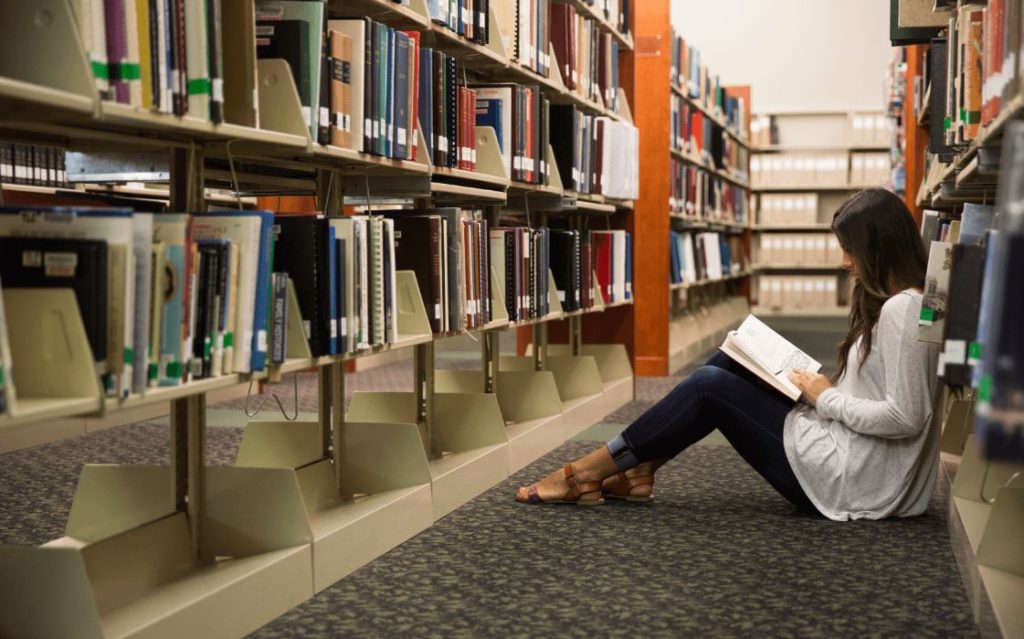
For research purposes, it is necessary to find a scholarly article, or, as they are also called, academic, peer-reviewed or refereed journals. Dozens of possibilities can be found in a quest for references that may be important to work, a lot more than one can be able to read extensively. Here are some tips on sifting through multiple possibilities, discarding less beneficial papers, and identifying potentially important sources.
There are many differences between an ordinary article and a scholarly or academic article. Magazine articles, administration documents, reports from different kinds of organizations, essays, opinion pieces, or Wikipedia resources are not scholarly articles.
Scholarly articles are a full-length document on original research, and sources of high-valuable information. They are written by an expert, for other experts, with new information and research results in some fields. The authors are scholars or researchers with advanced degrees and/or credentials, like Ph.D. or M.D. and known affiliations.

Scholarly articles tend to be long, and there is often plenty of terms of the specific discipline, like technical vocabulary. Sometimes they can contain raw data tables, and the language used is academic and complicated. These articles are unfilled with promotions and shining photographs. The intended audience is the other faculties, researchers or scholars. The publisher is a scholarly press with editorial reviews to ensure the quality of the content.
Scholarly articles are one of the key ways of communicating new knowledge and discoveries to a science or scholarly group. Another major goal of a scholarly article is to provide readers with enough details to replicate a study. Reducing a study may affirm its initial findings or expose its potential weaknesses. This holds consistent results when a test is replicated.

To be accepted and published in an academic journal, a scholarly article has to pass an academic quality assessment before. Therefore, it has to be reviewed by researchers from the same or similar scientific field, which are called referees.
This supervisory method is referred to as peer-review and is designed to maintain the academic standard of the particular article. Its ultimate purpose is to preserve science integrity by filtering out invalid articles or of poor quality. Peer review serves as a content filter from the viewpoint of a publisher, steering better quality papers to better quality publications and thus building newspaper labels. They are added value by running articles through the peer-review process. Publishers need to ensure that peer review is robust for this reason.
The system of peer review is not without mistakes, and some publications often contain inaccuracies even after peer review. Most of the papers refused can be accepted from some other publisher elsewhere. Peer-reviewing is a human activity, after all, but without it, the errors would be worse.

Scholarly articles are published in specialized research-oriented journals and cheap essay writing services e.g. CheapWritingHelp.com, which are mainly intended for graduates and other academics. They are typically published monthly or quarterly. These kinds of journals have plain covers that clearly state basic information such as title, volume/issue numbers and the name of the company or institution which prints them.
Through time, the credibility of an academic journal is built and in each discipline, so the most prominent journals that receive the biggest number of submissions can be selective in choosing their content. But it has to be noted that not only the most important journals have superior quality.
There are three different types of scholarly articles:
- Original articles consist of study reports and contain first-time research findings
- Review articles are critical evaluations of previously published studies
- Theoretical articles are reports in which authors attempt to formulate new theories based on existing research.
Commonly, the scholarly article includes the next sections:
- An abstract is a brief overview of the article and a description of the purpose, the procedure, the findings and the conclusion of the analysis are contained in a short abstract.
- Keywords (or subject words), which are used to determine the contents of the article.
- The introduction is a description of the research background, where the aim and research concerns about the limitations of the analysis are discussed.
- Method and material- in this part of the article, detailed and precise descriptions of the method(s) used in doing the research are presented, given clearly that they can be followed and reproduced by the reader. The methods should be reasonable for, and appropriate to the object of study.
- The results of the study are presented in this part of the article, which should comprise important data, given either in textual form or by tables and figures. Unforeseen or negative results should be also presented.
- Discussion – The discussion is an evaluation of the results, where methodological considerations, as well as the comparison of the earlier research outcomes, are discussed.
- References or bibliography contains the list of the books, other scholarly articles, and documents used in the study, with more details about a specific question so that the reader is capable to find and use the sources.

Scholarly articles can be found in different library repositories. Also, many websites, as JSTOR, Science’s Web and Science Direct contain solely academic journals. Others have a mix of scholarly newspapers, popular magazines, newspapers, etc. Search to academic, peer-reviewed journals can be limited to archives like Academic OneFile, Academic Search Complete, and Pro-Quest Central.
Yet things aren’t always clear, and in the end, some nuances need to be considered. Scientific articles in the fields of art, music, architecture, theatre, film and related fields often include photographs, which may comprise a large portion of such publications, with text used to demonstrate, contextualize, critique or describe the visual component. They may have fewer references and bibliographies may be shorter
The author may be a multi-disciplinary intellectual of a transnational stature, who does not rely on the commonly acceptable scholarly apparatus. Non-scholarly materials can be justifiable sources for research in the arts and humanities, but they should be used in a proper situation. For example, research of something that happened very recently, inevitable rely on non-scholarly sources, because it takes time to write a scholarly article about a certain subject than to review it and publish.












